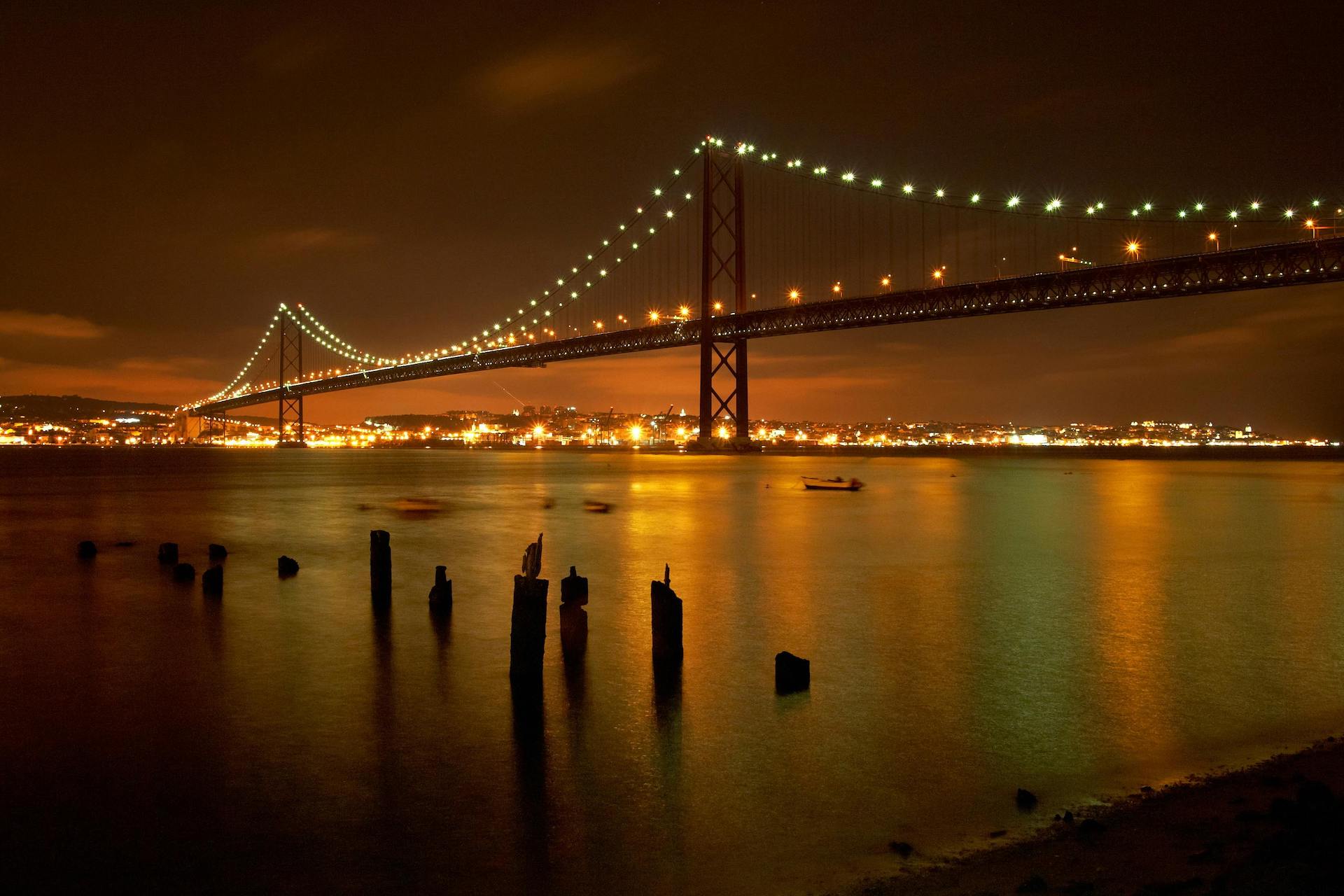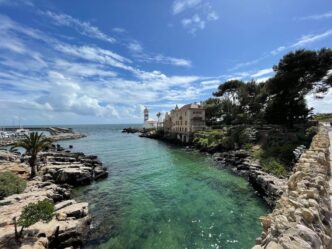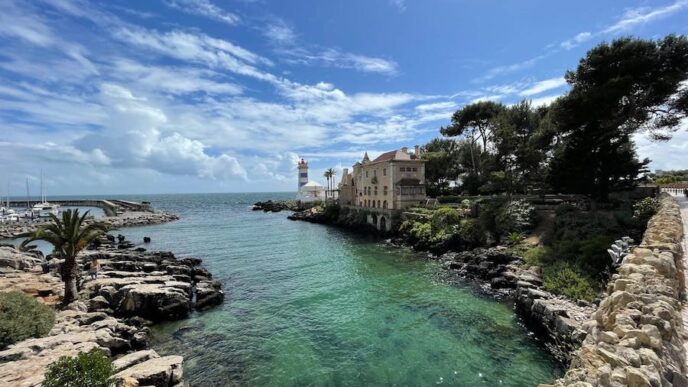The vibrant city of Lisbon is adorned with a striking symbol of resilience and modernization – the Ponte 25 de Abril bridge. Often likened to San Francisco’s Golden Gate, this imposing suspension bridge spans the mighty Tagus River, connecting the heart of Lisbon to the bustling municipality of Almada. Let’s explore its rich history, unique design, and the pivotal role it plays in Portugal’s transportation network.
A Bridge Born of Necessity
As Lisbon grew in both population and economic importance during the mid-20th century, the ferry system across the Tagus River struggled to keep pace. In 1958, plans for a bridge were solidified, and by 1962, construction work commenced under the watchful eye of the American Bridge Company (who also built the San Francisco-Oakland Bay Bridge).
Inaugurated in 1966, the bridge was originally named “Ponte Salazar” after Portugal’s then-dictator. However, following the bloodless Carnation Revolution of 1974, the bridge was renamed “Ponte 25 de Abril” to commemorate the date that restored democracy to Portugal.
Design Inspiration and Imposing Scale
The Ponte 25 de Abril’s design undeniably draws comparisons to the Golden Gate Bridge. Its vibrant ‘International Orange’ paint adds to the visual similarity. However, it proudly holds its own as the longest suspension bridge in Europe. It features a double-deck design, with six car lanes on the upper level and a double-track train line added below in 1999.
A Bustling Artery
The Ponte 25 de Abril is far more than a visual landmark – it’s a vital transportation lifeline. An estimated 150,000 vehicles cross it daily, along with around 300 trains. This heavy traffic volume often results in congestion, especially during peak hours, showcasing the bridge’s continued importance as Lisbon grows.
More Than Just a Bridge
The Ponte 25 de Abril holds a special place in the hearts of the Portuguese people as a symbol of liberation and progress. Its presence offers stunning views for tourists, while its function is indispensable for commuters and commerce.













